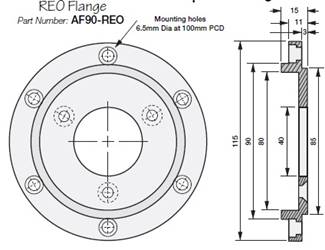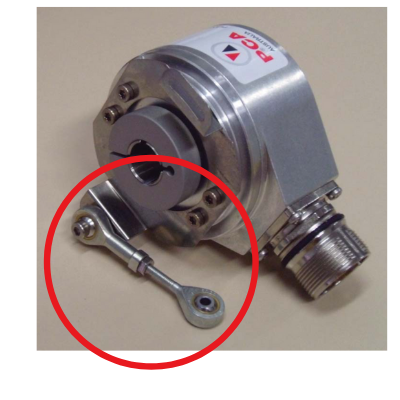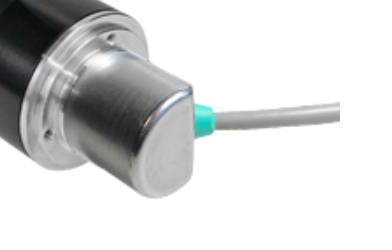How to Install a Rotary Encoder
When you install a rotary encoder the following important factors need to be ensured:
Location, location, location!
The questions you should be asking yourself are:
- Am I going to get accurate measurement results at this location. Things to consider, vibration, slip, speed limitations before or after a gearbox..etc
- Is the encoder protected from the being knocked or bumped because it is protruding out? Is it exposed to the elements or rain. Is it exposed to high temperature such as mounting directly onto the back of a motor. Not considering these protection factors can not only affect the longevity of this sensitive device but also may affect the accuracy mentioned above.
- Choice of encoder mechanical design.. For example solid shaft or hollow shaft.. Where you buy your encoder from is important to be sure all the most suited options are available.
Effective encoder mounting mechanics starts when you are selecting an encoder:
Choose the shaft type; solid or hollow.
Note: Modern programmable or magnetic encoders do not always allow for a hollow shaft to go all the way through, due to the electronics used.
These blind hollow shaft limit the mounting possibilities, that a traditional through hollow shaft encoder might have (usually on optical encoders).
Choose the flange type; Flange, Clamp
The following Accessories are available from PCA Encoders:
Rotary Encoder Mounting Brackets
An encoder clamp bracket allows you to mount a rotary encoder securely to a flat surface.
The clamp diameter is available in sizes that supports mounting all the standard encoder body diameters, such as 58mm, 70mm, and 90mm.

Rotary Encoder Flange Adapters
These are used to convert one type of mounting to another, allowing you to use a rotaru encoder that does not come natively from the manufacturer with your flange requirements, or simply to utilise a more readily available encoder.
Example 1: Old tacho generators often used on DC motors on years gone by, used the REO flange design.
With the AF90-REO adapter, this allows a standard modern 90mm body encoder to have the mountings of a REO Flange
The clamp is tightened around the encoder body with a clamp bolt.

Rotary Encoder Torsion Arm
When a hollow shaft encoder mounts onto the rear shaft of a motor for example, it is not required to be bolted onto the motor frame. It in fact can be allowed to move freely on the back of the motor, this does not affect the accuracy of readings. However to prevent it from rotating endlessly and the cable wrapping around the shaft, a torsion arm can be used to hold it in place.

The torsion arm bar has length adjustments to ensure that the encoder is held straight.
Rotary Encoder Couplings
When joining two solid shafts (one on the application the other on the encoder sensor), shaft couplings can help with a few things:
Your coupling may also serve as a reducer, a good encoder supplier will stock a many combinations shaft sizes on either end of the couplings.
A coupling is usually designed to be flexible and mitigate backlash. Backlash can cause instability in a precision motion control application. Simply put, this is “play”, like you might notice in your car a steering wheel. You notice it most as rest and when you change direction, there is a delay in response. An Oldham design coupling uses a tongue and groove designed plastic wedged between the two end clamps. Other flexible coupling can also achieve this with a type of spring or bellows integrated into the design.
Other things to remember:
When you are mounting a absolute encoder: lets assume it is POSITAL UCD-AC005-0013-HFSS-PRM
A single turn with 0-360° rotation = 4-20mA output. The terminals on the encoder will have a Zero pin digital input signal, which when a positive voltage is applied, will allow you to set the Home or Zero position (4mA output). This is done once you have completed mounting the encoder.
Cable & connector considerations:
The selection of a radial (side) or axial (rear, inline with the shaft axis) cable / connector exit position, are important to ensure that the cable or connector is not protruding into an area where it may be knocked or bumped causing damage.
A new tangential cable exit design is a combination of both axial and radial, and allows easier stock holding, and lower prices.

For further advice on mounting rotary encoders please contact PCA Encoders.
IS THIS INFORMATION USEFUL?
If so, why not share it with your peers and colleagues. Simply click on the blue LinkedIn share icon below.

